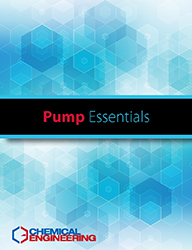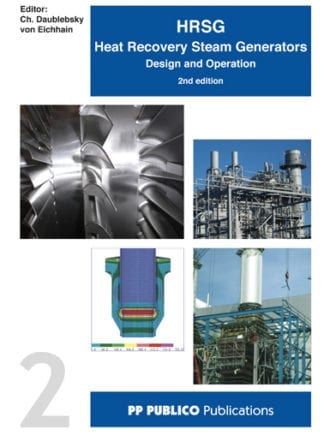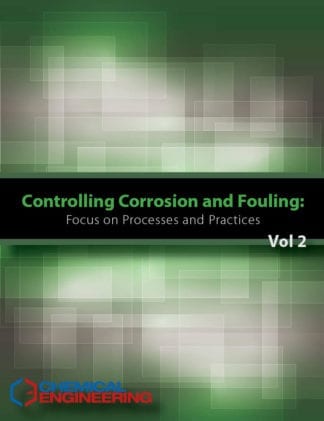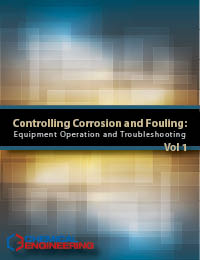Description
Most engineers would agree that pumps represent the workhorse component in any chemical process industries (CPI) facility. Every day, countless decisions must be made related to the proper selection and specification, sizing and installation, operation and maintenance, and troubleshooting of these critical machines.
This Chemical Engineering reference book provides a wealth of practical engineering guidance on the proper use and operation of several different types of pumps.
Several articles focus on the sizing and selection of centrifugal pumps, and tips for managing the impact of pumps whose operation deviates from the best efficiency point (BEP). Others provide engineering tips for understanding and optimizing magnetically driven and sealless pumps, and guidance for calculating net positive suction head (NPSH).
Included is detailed information on condition monitoring and maintenance of pumps, recommendations for designing and operating safe and accurate pressure-relief systems, and selecting variable frequency drives (VFD) for centrifugal pumps.
Text also encompasses data related to lifecycle cost analysis, construction-cost indices for CPI equipment, and budget considerations for capital-intensive CPI operations.
These practical, how-to articles were originally published in Chemical Engineering.
Delivered in a PDF, 112 pages.
Table of Contents
- Principles of P&ID Development
The tips provided here will streamline efforts to develop piping & instrumentation diagrams
- Facts at Your Fingertips: Positive Displacement Pumps
- Flow Profile for Reciprocating Pumps
- Facts at Your Fingertips: Construction- Cost Indices
- Vacuum Pumps
- Fire-Water Pumps for CPI Facilities
Follow this guidance to improve the selection, design and operation of pumps handling water for firefighting and related systems
- Chemical Process Plants: Plan for Revamps
Follow this guidance to make the most of engineering upgrades that are designed to improve plant operations or boost throughput capacity
- Sizing, Specifying and Selecting Centrifugal Pumps
Follow these tips to determine preliminary pump sizing, to support cost-estimation efforts
- Lubricating Rotating Machinery
Follow this guidance to improve lubricant selection, process operation and asset reliability
- Use Simplified Lifecycle-Cost Computations to Justify Upgrades
The methodologies presented here can be used to set goals, and will enable performance comparisons among different plants or industry segments
- The Impact of Off-BEP Pump Operation
- Lifecycle Costs for Capital Equipment in the CPI
Longterm equipment costs need to be fully considered in capital-cost assessments
- Vortex Breakers in Practice
When vortex formation limits outflow from a tank, consider a disc-type vortex breaker
- Field Troubleshooting 101 and How to Get the Job Done
A major part of field work lies in troubleshooting problems: finding out why a system is not operating the way it is intended. This article provides guidelines for effective troubleshooting and contains many practical examples of their successful use
- Condition Monitoring for Rotating Machinery
This valuable insight into the performance of pumps and compressors will help improve operation
- Optimizing Pressure Relief Systems
Alternative designs for pressure relief systems may offer investment cost savings
- Safety in Sulfuric Acid Storage Tanks
Commonly used in the CPI, sulfuric acid requires many special precautions to ensure its safe handling and storage
- Making Pump Maintenance Mandatory
Transfer pumps must be kept in optimum shape to handle harsh chemical processing operations
- Improving the Operability of Process Plants
Turndown and rangeability have a big impact on the flexibility and efficiency of chemical process operations
- Variable Frequency Drives Calculate NPSH with Confidence
Determining net positive suction head (NPSH) can be confusing, but with these guidelines, engineers can avoid the pitfalls of incorrect calculations
- The Benefits of Seal-less Pumps for Full Product Containment
In cases where full containment of dangerous and hazardous chemicals is necessary, seal-less pumps can provide many safety and operational benefits
- Condition Monitoring Methods for Pumps
Applying condition monitoring tests to pumps can save costs by optimizing overhaul scheduling
- Magnetically Driven Pumps: An Overview
Understanding sealless pump technologies and their potential applications




